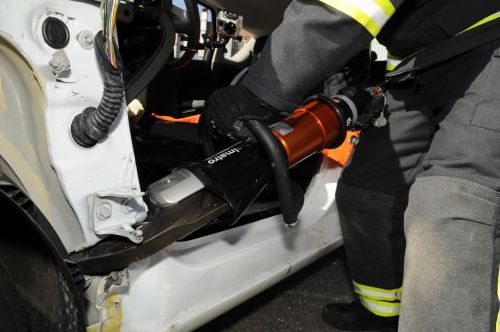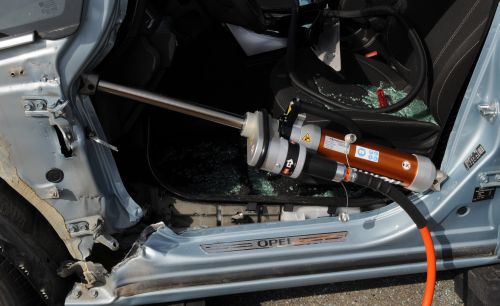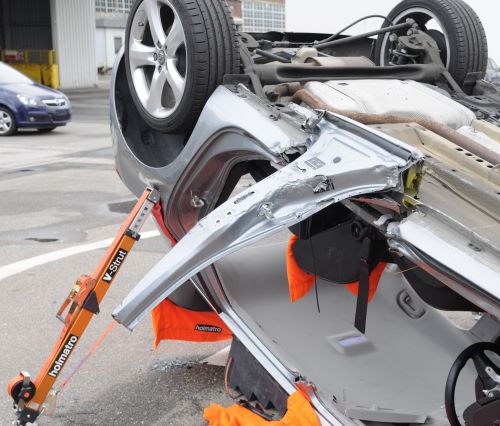What a Relief (Cut)!
Relief cuts are something we are all aware of and something we practice as part of our evolution training. But have you ever stopped and thought about exactly what your relief cuts are doing? I guess that by the very fact you are reading a rescue blog, you already do, but I do think it is important to have an understanding of just how important your relief cuts really are.
Applying force to the structure of the vehicle, either with spreaders or a hydraulic rams, means something will move. Of course just moving something is not sufficient; we have to relocate the structure in a safe and controlled manner, on our terms.
Relative strength
Let’s start from the beginning; the creation of space (when using hydraulic tools) is all about identifying areas of relative strength. Experience tells us that attempting to perform a dashboard roll without making a relief cut in the A-pillar (in the foot well) will generally be unsuccessful, due to the fact that the dash area is as strong as (or stronger than) the base of the B-pillar. The forces applied by the ram will take the path of least resistance and usually deform the base of the B-pillar. By inserting a relief cut, we remove structural integrity at the dash and therefore place the strength advantage on the base of the B-pillar.

Relief cuts equal removal of strength
Effective relief cuts (old vs new cars)
Of course, the next consideration is; Just how effective is your relief cut? Well, you won’t really know until you start to apply hydraulic force and witness the movement of the structure. But you MUST ensure that your relief cut is as effective as possible, by looking at what you have cut and seeing if there is any more construction still in place that can be breached.
We know that most of the cars we train on are older. This means that a single relief cut (when performing a dash roll) will usually be sufficient. There is normally no need to have a closer look. But new cars offer a different challenge and whilst the cuts are still the same, the amount of strength that has to be breached is greater. This requires (in many cases) multiple relief cuts and cuts of a greater depth. It takes more understanding of exactly what is required to overcome the construction and make the planned evolution work to maximum effect.
I have witnessed ineffective relief cuts that extend scene times, so it is vitally important to endeavour to get it right first time.

A clearly effective relief cut
Learn the principles
Because most of our training falls short on realism (old, undamaged cars) it is very important that rescuers do not learn a list of where to cut, spread or ram, but rather they learn the principles involved. An example I use to explain this is that if I have taught the principles of a dash roll (on a car) correctly, then the rescuer should be able to perform the same evolution on a truck with little or no guidance.

Relief cuts are not just for dash rolls
Required space
Finally a question; How much space do you need to create? During training sessions we tend to take everything to extremes. Lifting a dashboard a full 2 feet is great. Performing a rear oyster to a height where we can virtually walk into the car without ducking our heads is also impressive. But during an extrication, a dash lift of just a couple of inches will free our victim from the physical entrapment and allow removal. Available space is not always required space. This will save time and energy.
This final point is important when understanding what you require from your relief cut.
As always I welcome your feedback!
Ian Dunbar